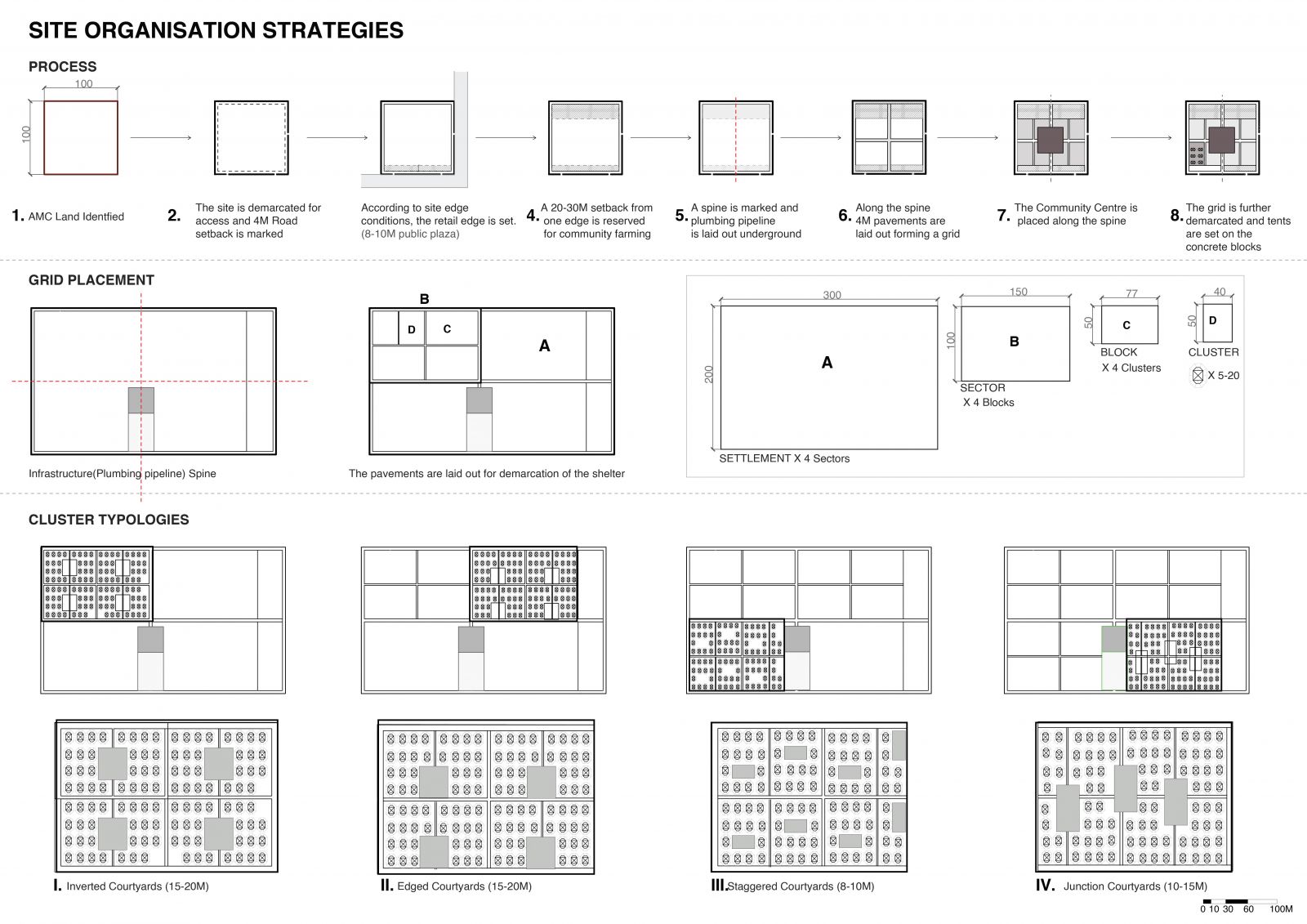- Student Anoushka Mukherjee
- Code UG190120
- Faculty Planning
- Unit L3 Studio Unit
- Tutor/s Melissa Smith,Caitanya Patel
- TA Hetvee Panchal
Vacancy can be defined as the potential to provide support and care for vulnerable populations in urban areas. Cities are home to communities that experience homelessness, eviction, stigma, discrimination, and migration. The question then arises: how can the city’s vacant lands become a refuge for these communities to reintegrate into the city in a humane and dignified way? It is often observed that vulnerable families or communities seek relief on vacant lands without legal permission and construct temporary structures that eventually develop into slums, exacerbating larger urban issues for the city. By understanding movement patterns and existing socio-economic conditions, a support system can be established to provide shelter for these communities and allow them to build themselves up within the city. These communities can also become agents for the vacant lands, creating a sense of belonging and providing opportunities for engagement with the land. The vision is to identify public lands in urban centers that can become part of the core economic area and utilize the benefits of communal living. The shelter provided here serves as a support system for the city and enables vulnerable communities to have better representation. The concept of temporality allows for a cyclical flow of communities and the provision of care and shelter, creating a limbo between slums and permanence. The city is better equipped to provide support, and land is managed and utilized with equitable opportunities for the public.







.jpg)

